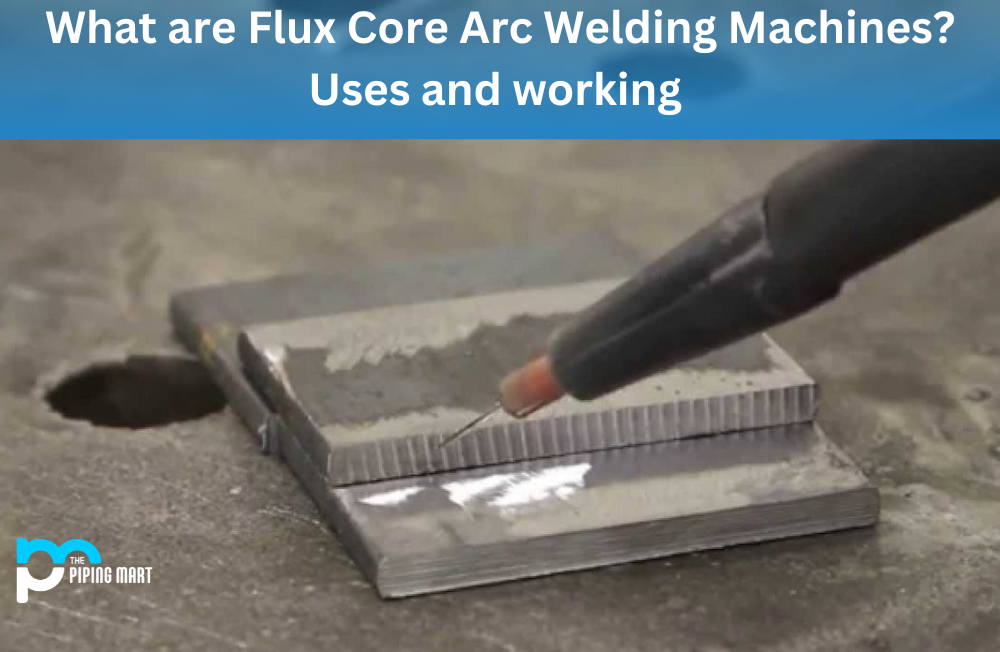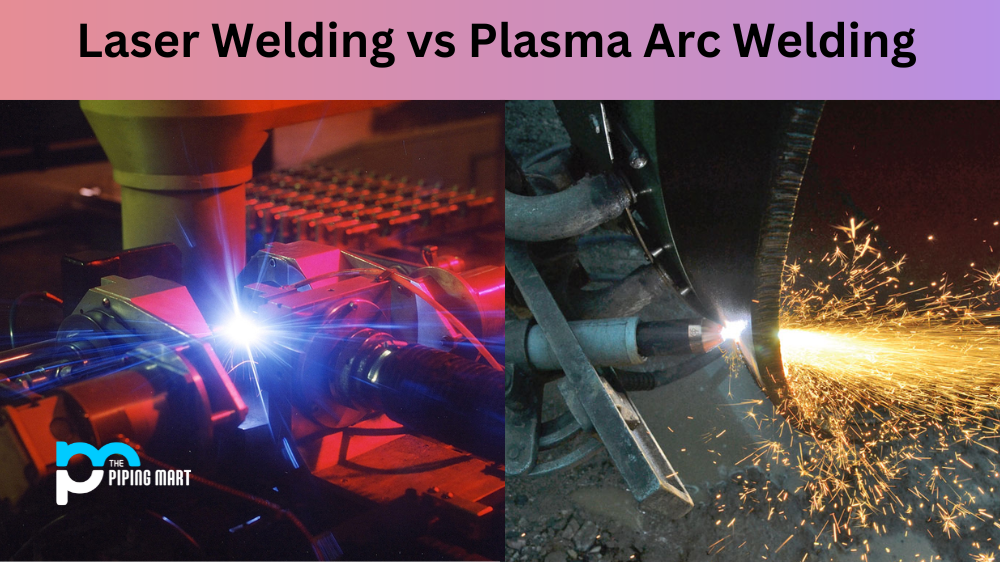If you’re in the welding and soldering business, you may be wondering what the difference between these two processes is. Both laser welding and soldering are used to join metals together, but they have some important differences. Let’s take a look at how each process works and why one may be better for your project than the other.
Laser Welding Process
The laser welding process uses a high-energy laser beam to fuse two pieces of metal together by melting them. The heat generated by the laser melts the metal, forming a strong bond between them. This process doesn’t require filler material as soldering does, so it’s generally faster than soldering. It also requires less energy and produces fewer hazardous fumes than other welding processes, making it an appealing option for welders who want to work safely in confined spaces or with hazardous materials. One of the biggest advantages of laser welding is that it can create very precise weldments with minimal deformation. The heat generated by the laser is concentrated on a small area, meaning that it won’t affect surrounding areas as much as traditional welding methods would. This makes it perfect for weldments where precision is key and deformations can’t be tolerated. Laser welding is a type of welding that uses a laser to create a weld. The laser beam is focused onto the workpiece, which heats up and melts the metal. The molten metal then cools and forms a weld joint. Laser welding is often used for joining thin sheets of metal, as it can create very strong, precise welds.
Soldering Process
The soldering process uses a filler material (typically lead or tin) to join two pieces of metal together without melting them. The filler material flows into any gaps between the metals and hardens to form a strong bond between them when cooled down. The advantage of using this type of bonding over other methods is that it doesn’t require as much heat as traditional welding does, meaning that less energy is used and fewer hazardous fumes are produced in the process. It also allows for greater control over where solder joins two pieces of metal together, which makes it particularly useful for creating intricate assemblies or repairing delicate components in electronics applications. Soldering is a type of welding that uses a soldering iron to create a weld. The soldering iron is placed on the workpiece, and melted solder is applied to the joint. The molten solder then cools and forms a weld joint. Soldering is often used for joining small components, as it is relatively easy to do and does not require as much heat as other welding methods.
Difference Between Laser Welding and Soldering
Advantages of Laser Welding
There are several advantages of laser welding over other welding methods, including:
- The laser beam can be precisely controlled, which allows for very precise welds.
- Laser welding can be used to join dissimilar materials, such as metals and plastics.
- Laser welding can be used to join very thin pieces of metal that would be difficult to weld using other methods.
- Laser welding is relatively fast, as the laser beam can heat up the metal very quickly.
Advantages of Soldering
There are several advantages of soldering over other welding methods, including:
- Soldering does not require as much heat as other methods, which makes it less likely to damage delicate components.
- Soldering is relatively easy to do, making it a good choice for amateur welders or those working with small components.
- Soldering can be used to join dissimilar materials, such as metals and plastics.
Disadvantages of Laser Welding
There are several disadvantages of laser welding over other welding methods, including:
- Laser welding requires expensive equipment that may not be available to everyone.
- Laser welding can be difficult to do if you are not experienced in using lasers.
- Laser welds can be weaker than those made using other methods if they are not done correctly.
Disadvantages of Soldering
There are several disadvantages of soldering over other welding methods, including:
- Soldered joints are not as strong as those made using other methods such as riveting or bolting.
- Soldered joints can be susceptible to corrosion if they are not properly sealed
Conclusion:
There are pros and cons to both laser welding and soldering, depending on your application requirements – both processes have their place in modern manufacturing operations! Laser welding is more precise than soldering because it concentrates heat on smaller areas while still producing strong bonds between metals, which makes it ideal for applications where precision is key (such as medical device manufacturing). On the other hand, soldering offers greater control over where solder joins two pieces of metal together, making it great for intricate assemblies or repairs involving delicate components (such as electronics). So no matter what type of project you have on your hands – make sure you choose wisely!

Pipingmart is a B2B portal that specializes in metal, industrial and piping items. Additionally, we share the latest information and information about materials, products and various types of grades to assist businesses that are involved in this business.




